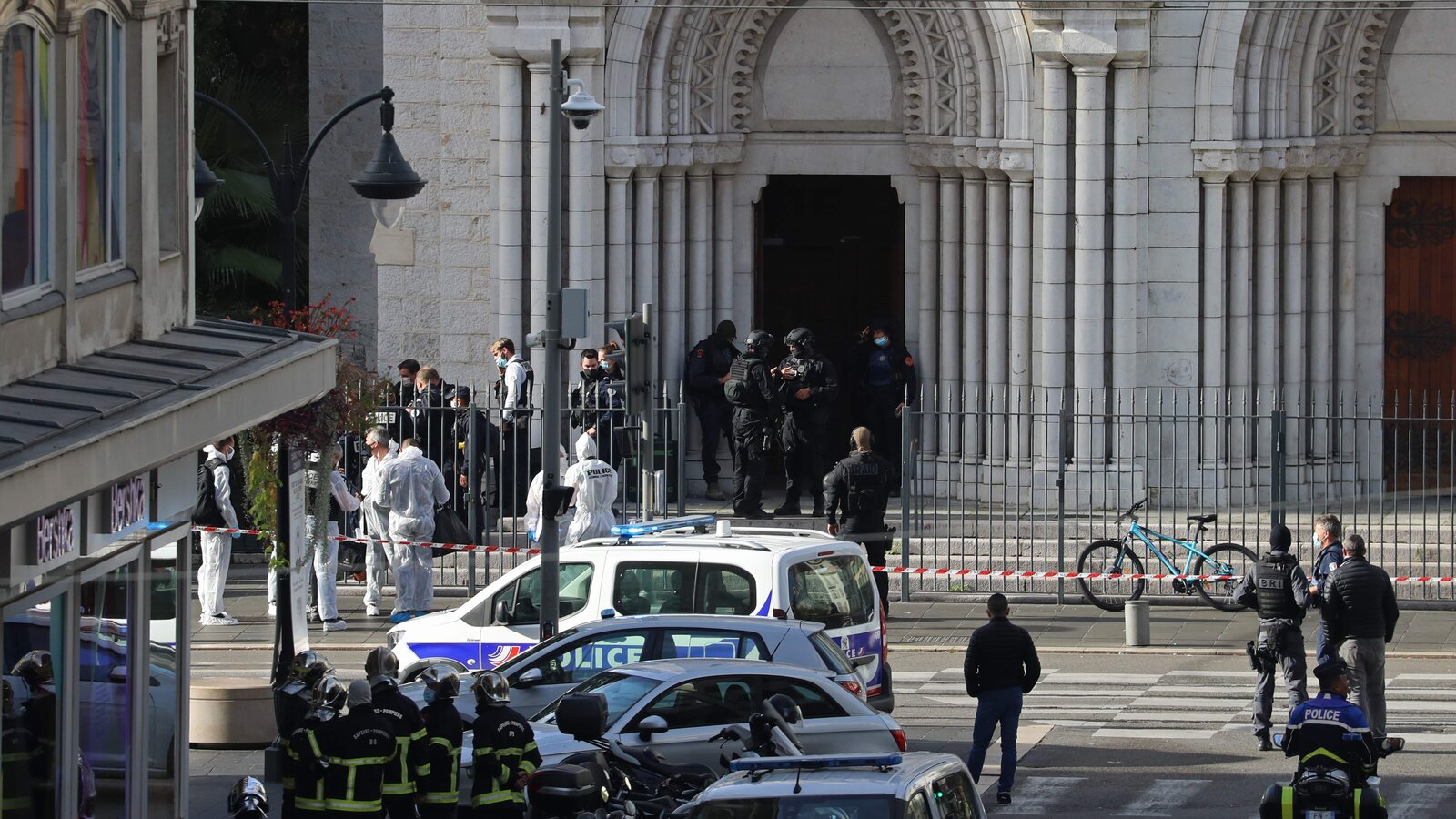It is rare to be genuinely undecided about the merit of an art exhibition. The nature of art, as a form of communication from one person to another, is to present a statement and anticipate a reaction, as we all do in conversation.
To find an art exhibition where there are equal amounts of positive attributes as there are negative ones is an inviting search for a neutral response.
There was no better invitation than Dina El Gharib’s self titled show at the Townhouse Gallery. The show was a collection of pieces of predominantly collage and painting. What was truly refreshing on entering the show was the artist’s articulate statement, which clearly established the themes presented within the show without the philosophical renderings of her thoughts – a properly written, concise and relevant artist s statement is becoming increasingly rare.
Gharib’s statement described her work as “a kaleidoscope of the city, caught in the passing corner of the eye, and her work illustrated exactly that.
The majority of the work had the same palette of colors, a dusty collection of earthy shades. The choice tonalities was both well-studied and placed and was clearly seen throughout all the pieces in the show. The colors were warm and familiar, not only since they do exist all around us in Cairo but mainly because they have been used by many other artists to represent our city.
Another representation of the capital was Gharib’s clever approach to organized chaos. All the collages were beautifully composed and perfectly balanced, particularly the pieces on square wood panels. The composition in every single piece was deceptively simple. It felt as though she had haphazardly thrown about different elements – be they random shapes, magazine cutouts or textured cloth – unto a support and glued them where they landed, yet the pieces were meticulously composed to be as balanced as they are.
This type of hidden order within the randomness of the collages and its contents, made walking through the exhibition similar to a walk through a city or a busy street. On one piece was an orange, with the word written in Arabic next to it, and on another piece was a ladder with the word “Help in both Arabic and English handwritten across the image. There was no real cohesion between the subjects; what tied one piece to the next was the choice of colors and the superb presentation.
The framing and presentation were excellent. Collage has a tendency of seeming about to fall apart any minute. And by the nature of it being cut outs glued unto paper, card or wood, collage also has the tendency of looking somewhat cheap. Gharib counteracted both impressions by boxing every piece in wooden frames and glass.
The pieces are stuck on the support on which they’re presented in such a way that they were elevated slightly, making them seem three dimensional and giving them a heightened sense of importance. On a similar note, the spacing between the pieces was comforting: The feeling was that one was walking through a museum to see faded archeological remnants of a city.
Everything in the show was technically well done and well-presented, so much so that the artist’s work transformed her into more of a designer than an artist. The work was calculated and it was evident that all the elements – which required studied color, studied composition, Arabic text and a selection of conveniently random objects – were check listed so that the final products were simple and stereotypically “local.
However, what was saddening was that’s exactly what they felt like: Products.
The work would perfectly accent any modern living room and be a charming addition to any collector’s list of “Contemporary Egyptian Art, but none of it was at all personal or required any reflection from the viewer. All the pieces, without exception, weren’t heartfelt and were simply shallow, namely the ones with the texts “manwoman and “desire, both of which had explicit anatomical references but no ultimate point.
To quote the artist, everything seen here was “caught in the passing corner of the eye, but not a second look was given for further consideration of what was presented. The artwork might as well have been created by a German artist, someone who had an advanced sense of abstraction yet no local aesthetic. The complete vacuum of emotion and lack of local insight in the work made the otherwise perfect show quickly digested and easily forgotten.


